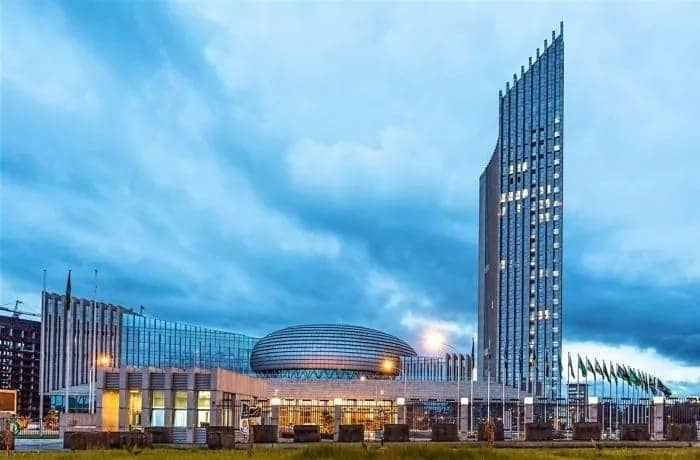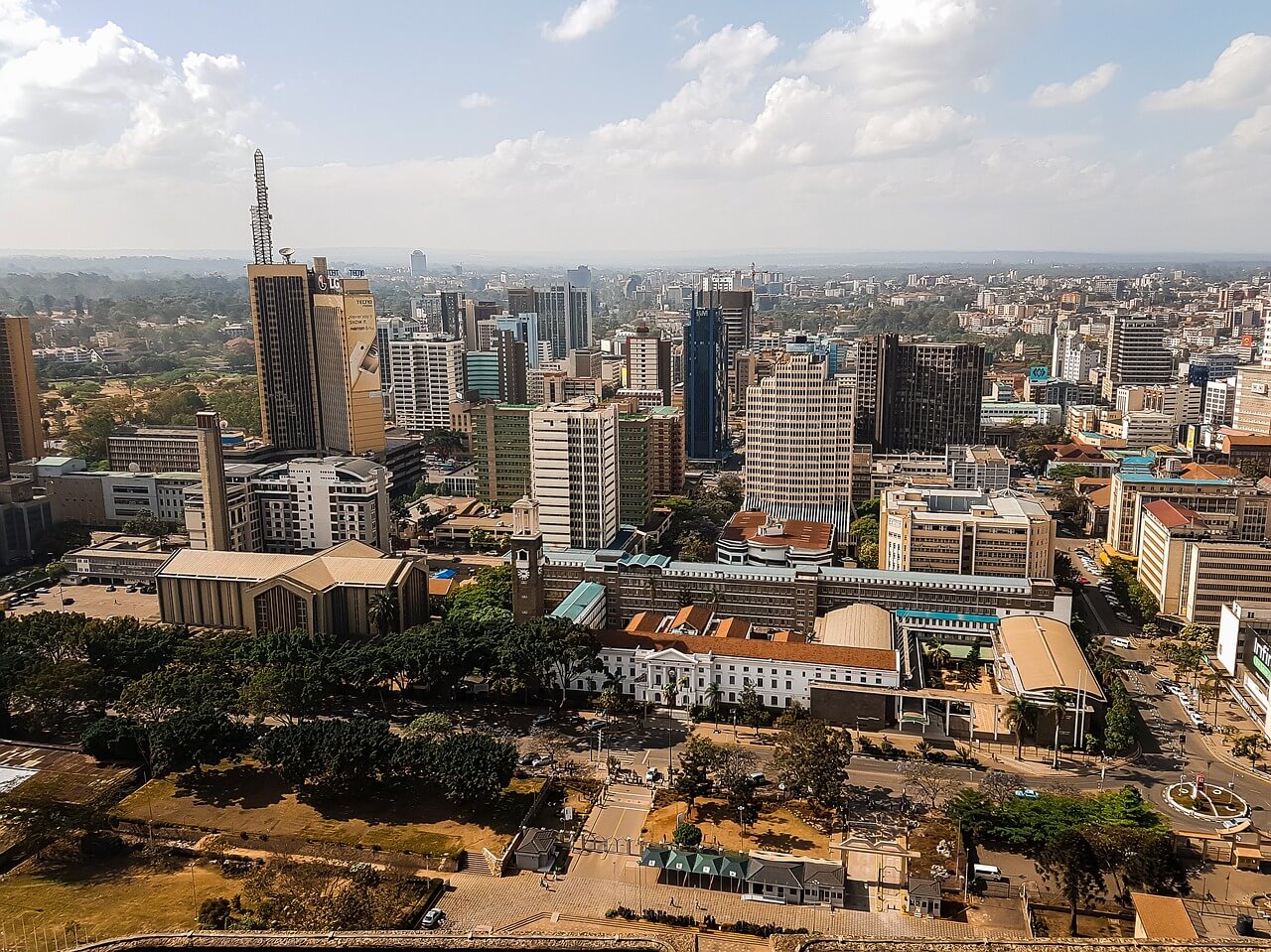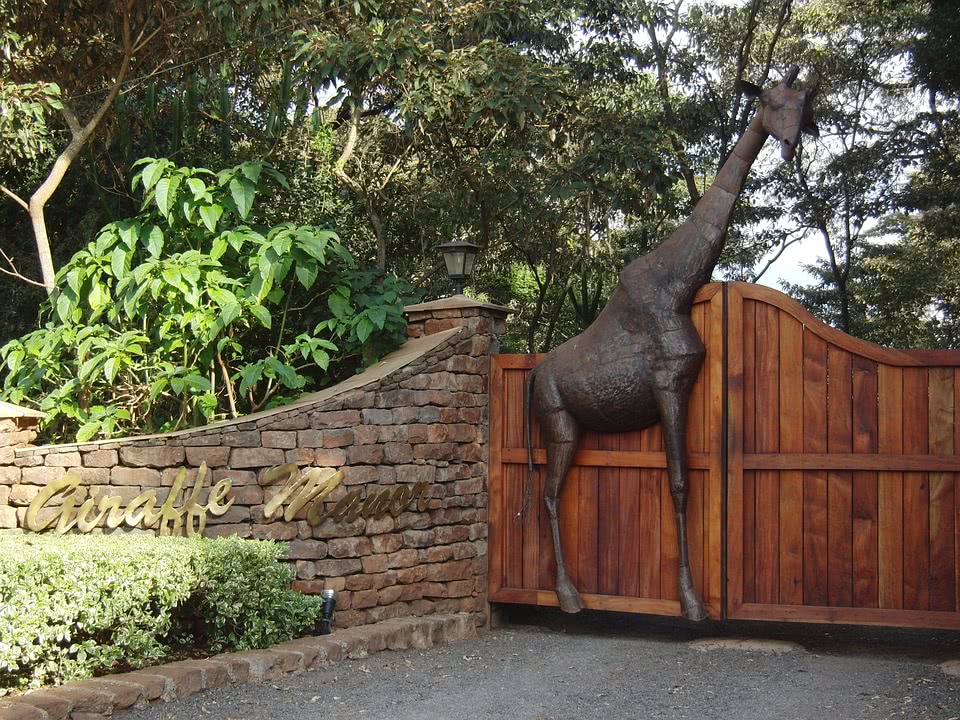Updated on 2024/03/21: Africa is the world’s second-largest and second-most populous continent, being behind Asia in both categories. Africa is also host to some of the biggest cities in the continent. Here is a list of the top 10 biggest cities in Africa.
The rise in population has brought about several essential opportunities in the social, economic, political, and technological sectors.
This has seen some of the biggest cities in Africa struggle to accommodate and adapt to more and more residents competing for public resources.
What are the largest cities in Africa?
- Lagos
- Cairo
- Kinshasa
- Luanda
- Nairobi
- Mogadishu
- Dar es salaam
- Alexandria
- Abidjan
- Johannesburg
List of Biggest Cities in Africa
Below is the ranking of the biggest cities in Africa.
1. Lagos, Nigeria – 21 million People
Lagos is the biggest city in Africa as well as Nigeria’s largest city and economic capital. It’s among the most populous urban build-up, having over 21 million people.
Housing the most extensive and busiest ports in Africa, Lagos is among the fastest-growing cities on the continent. It also has the highest GDP, making it a critical financial centre on the continent.
2. Cairo, Egypt – 20.4 million People
Cairo is the largest city in Egypt, as well as its capital. With over 20 million people living in the city, Cairo is known as the cradle of civilisation.
As Egypt’s economic hub, the city has several job-creating sectors, including textile and food processing, consumer goods productions, as well as the iron and steel production.
Also Read: List of most developed countries in Africa
Cairo is also a vibrant hub of tourism, commerce, finance, and government services. Since the January 2011 revolution, economic growth has been affected negatively with food and medicine prices increasing, and unemployment rising.
According to UN data, the Greater Cairo area, with eight overcrowded informal settlements, has large population segments living under the international poverty level of living below $2 a day.
In those settlements, education levels are low, malnutrition high, health conditions are poor, and diseases rife among children.
3. Kinshasa, DR Congo – 13.3 million People
Kinshasa is the capital of the Democratic Republic of Congo and has a population of over thirteen million people.
It is the second-largest French-speaking city in the world. The key sectors sustaining the city of Kinshasa include minerals, timber, oil, agriculture, and gas.
The nightlife in the city is full of different genres of songs such as the rhumba, reggae, and soul music. Though the country is mineral-rich, 64 per cent of the population lives below the poverty line, according to FINCA International.
Besides minerals, gas, oil, agriculture, and timber are the key sectors sustaining Kinshasa’s economy.
4. Luanda, Angola – 6.5 million People
Luanda is the capital of Angola and the largest urban agglomeration in the country.
The city is a centre for industrial, administrative, and cultural activities. It’s also among the most populous Portuguese-speaking areas in the world.
Also Read: List of countries in East Africa and their capitals
Luanda is currently under major reconstruction, which is bound to alter its cityscape significantly. The city hosts the country’s busiest seaport of the Atlantic Ocean coast. The port is a gateway to export petroleum, diamonds, iron ore, and fish products.
5. Nairobi, Kenya – 3.5 million People
Nairobi, commonly known as the City in the Sun, is Kenya’s capital and the country’s largest city.
It’s also the financial, manufacturing, commerce, technology, and industrial hub for East and Central Africa. Nairobi is popularly known as being the only major city in the world to have a game reserve.
6. Mogadishu, Somalia – 2.5 million people
Mogadishu has over 2.5 million residents and accounts for about one-quarter of the country’s total population count. A 2002 UNDP/World Bank survey reports 73 per cent of the population as living on less than $2 a day.
Also Read: The best countries to visit in Africa
Regardless of these challenges, Mogadishu is Somalia’s administrative and economic hub with foreign countries pouring aid to fund projects to kick-start this war-torn country’s economy.
7. Dar es Salaam, Tanzania – 4.7 million people
Dar es Salaam is not only Tanzania’s largest city, but it is also the largest port city in East Africa. It’s also an important economic centre regionally. Dar is also included in our list of East Africa Cities.
Located on a raw harbour with sandy beaches and beautiful attractions sites; the city is a major tourist destination in the country.
The city has over 4 million people, which is set to go higher in the coming years. It is also among the most Swahili-speaking areas in the world.
8. Alexandria, Egypt – 4.5 million people
Located along the Mediterranean Sea, Alexandria city has over 4 million people.
The city is a popular tourist destination, which has given it the name ‘The Pearl of the Mediterranean.’ It’s also an important industrial centre due to oil pipelines and natural gas from Suez.
Growing population, rapid urbanisation, and increased agricultural activities have all seen an increased water demand in the city.
9. Abidjan, Ivory Coast – 4.4 million people
Abidjan city has about 4.4 million people, which is a fifth of the country’s population. As the economic capital of Ivory Coast, the town is characterised by high levels of industrialisation and urbanisation.
The significant economic contributors to Abidjan include industries like food processing, textile, automobile manufacturing, and a large oil refinery.
10. Johannesburg, South Africa – 4.4 million people
Johannesburg is the largest and wealthiest city in South Africa, and it’s also the 27th largest city economy in the world.
The city is a vibrant hub of technology, fashion, manufacturing, retail, and several service sectors. The town is also Africa’s financial hub, consisting of Africa’s most extensive stock and significant world banks.














